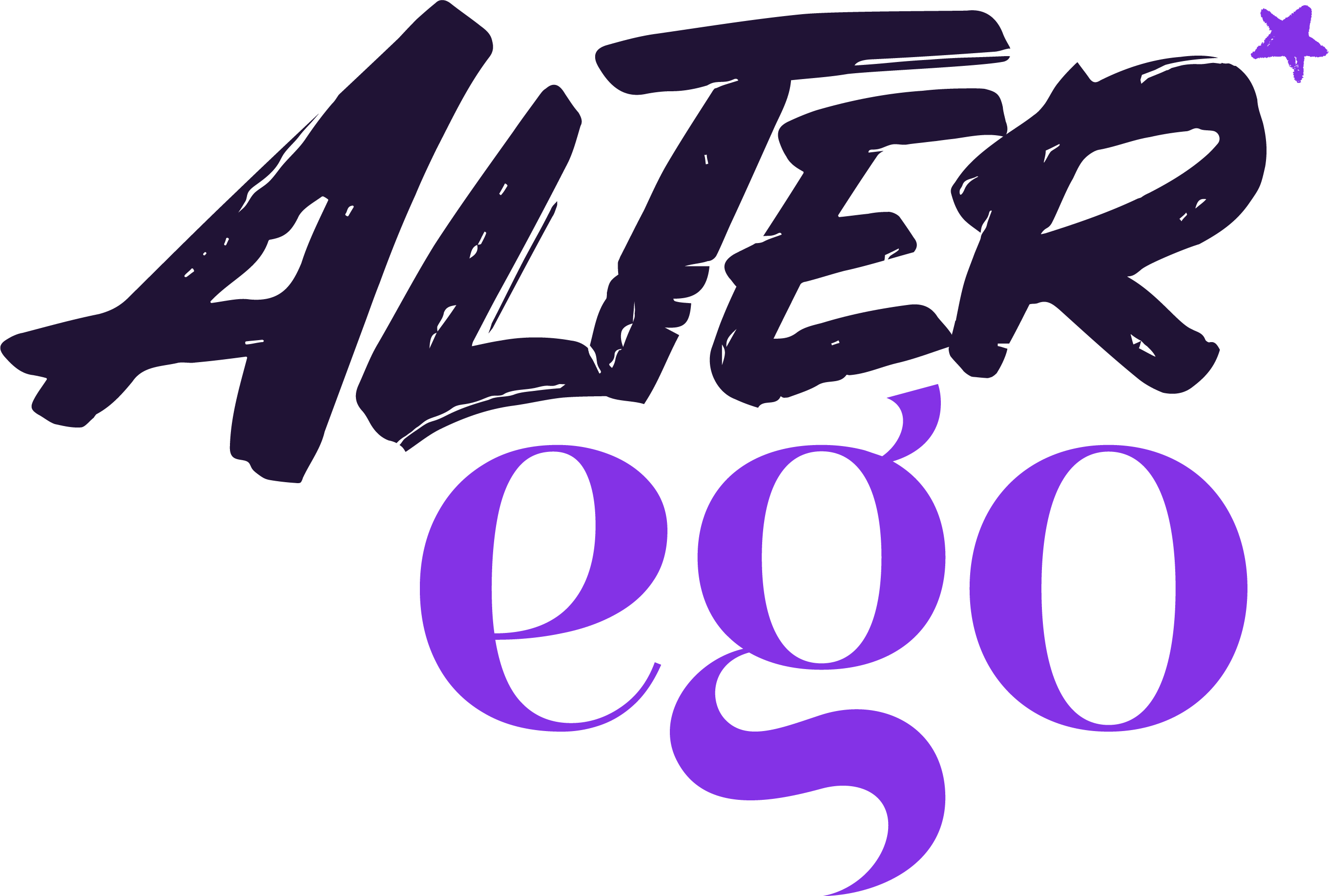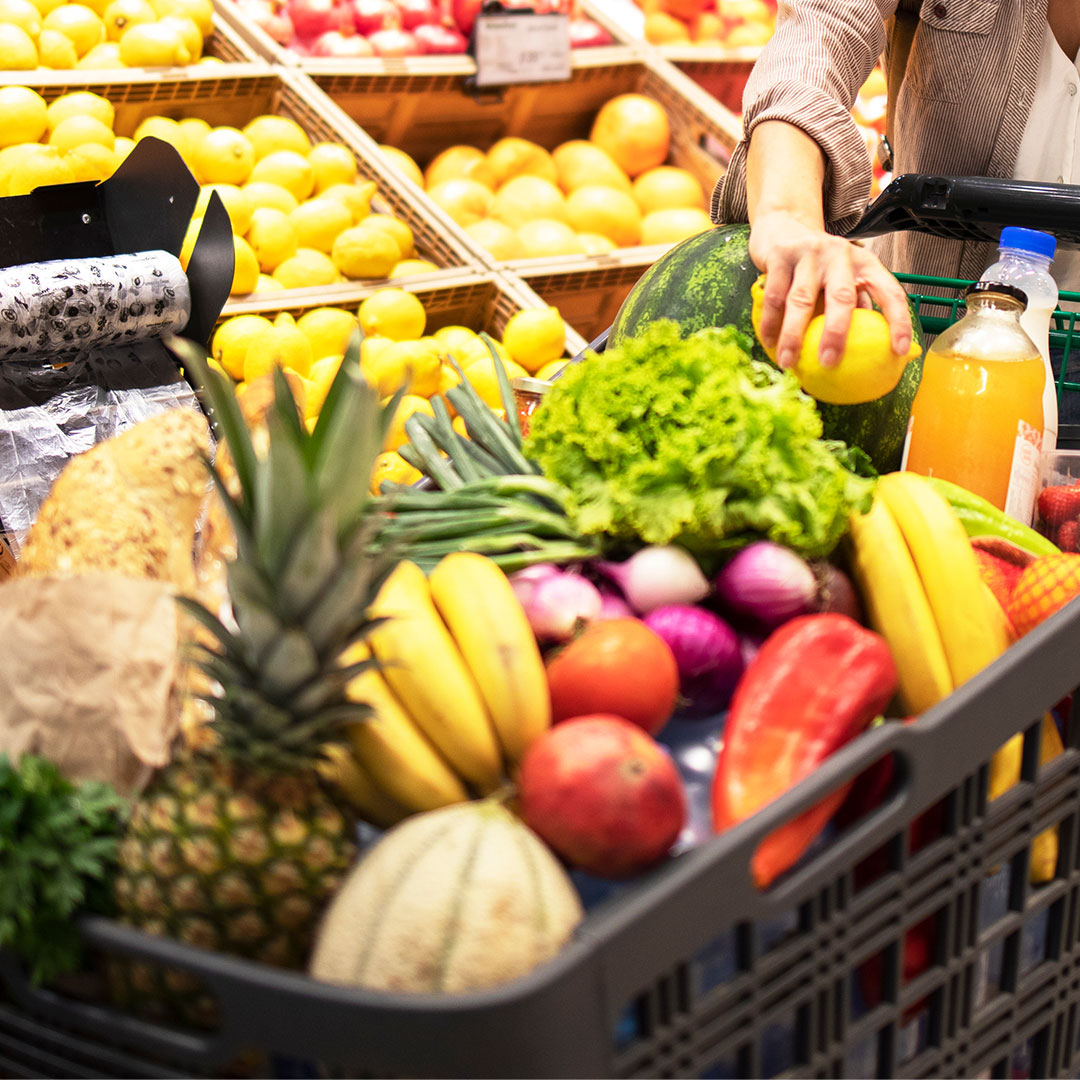“In the Netherlands, 50% of adults are overweight and another 14% are obese figures from Statistics Netherlands. It is not surprising that the government is making an effort to make it as easy as possible for us to eat healthier.” If you have read my blog about the Nutri-Score, you may recognize this first sentence, because the government wants to do more besides the Nutri-Score.
Surely no one has missed it; VAT on fruit and vegetables will not be abolished until 2024. The House of Representatives wants to implement the measure to reduce overweight among the Dutch population. However, it is currently too complicated to define what does and does not fall under fruit and vegetables. A pot of pasta sauce, is that a vegetable? Applesauce, is that fruit? What about applesauce without added sugars? As soon as this is decided (early 2023), the measure can be further developed.
Research by the RIVM in 2016 shows that adults eat 143 grams of vegetables per day, while the recommended amount according to the Netherlands Nutrition Center is 250 grams. Painful numbers if you ask me. When I read the sentence ‘vegetables are eaten on average 6 days a week‘ I completely fell off my chair. A day without vegetables every week?! I need to catch my breath. But what does the VAT reduction envisaged by the cabinet contribute to the solution to this problem?
Rabobank made an interesting calculation. With the VAT reduction to 0% on fruit and vegetables, Dutch consumers collectively save 500 million euros. With those 500 million euros we can buy extra fruit and vegetables en masse. Equally technical; with a price elasticity (change in demand versus price) of about 0.5, that would mean that we actually have about 250 million extra to spend, which leads to as much as 15 grams of extra fruit and vegetables per person. Wow, there is only a gap of 92 grams left to close… and let’s not even talk about inflation in 2022.
And this theory also assumes that everything the consumer saves is invested in fruit and vegetables. And I can tell you; everything I save with the offers on the fresh produce shelf, I certainly don’t invest in extra tomatoes and cucumbers for my desk.
Don’t get me wrong, I also get excited about the idea that VAT on fruit and vegetables will drop to 0%. Research by Amsterdam UMC also shows that a reduction in price is useful. What the same study shows is that products that stand out actually end up in the shopping cart more often, whether they are healthy or unhealthy products (that doesn’t surprise us of course!). Retailers and producers can therefore do a lot to encourage you to make healthier choices, but as we know, the biscuit manufacturer is also aware of this science.
But there is more than price and a striking appearance, we make so many choices that we do not know about and supermarkets respond well to that. The tempting, colorful fruit and vegetable shelf is displayed to you right at the entrance. On average, you pick up your products at the beginning of the store 15% more often. So thank your local supermarket, thanks to them you buy more fruit and vegetables! Maybe I should add that your satisfied feeling about your healthy choices at the start of your visit also ensures that you buy more in the rest of the store. A win-win for the supermarket.
In July 2021, our partner Future of Food Institute conducted research into the effect of nudging on an online supermarket website, commissioned by the National Fruit and Vegetable Action Plan. A nudge is a change in the environment in which a choice takes place with the aim of influencing that choice on a subconscious level. What turned out? People bought 7% more vegetables and 6% more fruit thanks to nudging! When are we going to use this resource to positively influence public health?
We all know that we are influenced by advertising and marketing and that the price has something to do with our choices is also no secret. But how ingenious the supermarket actually is, never ceases to amaze me. The above example about the location of the fresh produce shelf in the supermarket is just a tip of the veil. And I’m not the only one who’s surprised. Teun van de Keuken wrote ‘The Supermarket Survival Guide‘ in 2018, which I love to open every now and then, a book in which he guides you through, for example, the marketing language on packaging. Food technologist Ralph Moorman wrote ‘Grocery Coach‘ about it; how do I make sure that I make the right choices during both the preparation and during my visit to the supermarket. And Eva van den Broek and Tim den Heijer show with their podcast and book ‘Het Bromvliegeffect’ how we are fooled day in and day out.
Perhaps the House of Representatives could take a look at that? How do we use everything we have learned in (neuro)marketing and behavioral sciences to improve the health of the Dutch.
Written by Simone de Jong


